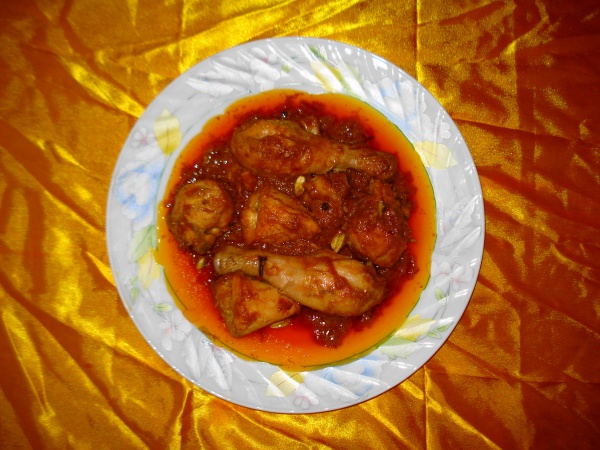Facts About Korma
Korma, also known as Qorma, is a flavorful dish originating from the Indian subcontinent. It combines meat or vegetables braised with yogurt or cream and simmered with water or stock alongside a medley of spices to create a rich, thick sauce. The term "korma" is derived from the Urdu word "qormā" meaning "to braise" which emphasizes the primary cooking technique employed in this dish.
This dish has deep historical roots in Mughlai cuisine, dating back to the 16th century during the Mughal era. It was a favorite in the Mughal court kitchens and often graced the tables of royalty. To prepare korma, meat or vegetables are slowly cooked with yogurt, cream, or stock, and a flavorful blend of spices such as coriander and cumin.
The cooking process involves slow, moist heat, often utilizing ghee (clarified butter) to sear and enhance the flavors. There are many variations of korma, some of which include nuts, coconut, or coconut milk to achieve a rich and creamy consistency. In the UK, korma is a popular dish in curry houses, known for its mild spice level and thick sauce, often featuring ingredients like almonds and cashews.
There are several types of korma to explore. Navratan korma is a vegetarian version that includes an assortment of vegetables, paneer, and nuts. Eid korma, on the other hand, is a traditional dish served during the Eid al-Adha festival, featuring lamb, goat, or beef braised with minimal spices to allow the natural flavors of the meat to shine.

 Myanmar (Burma)
Myanmar (Burma)